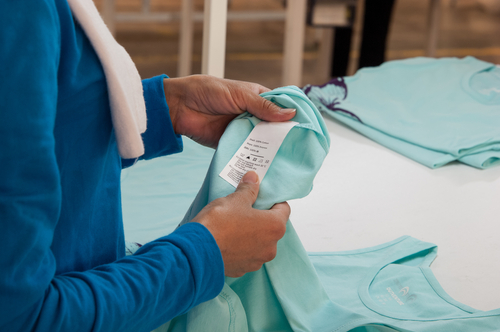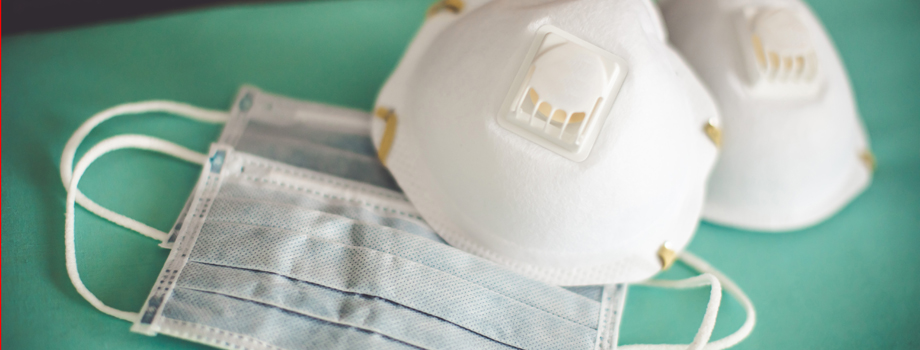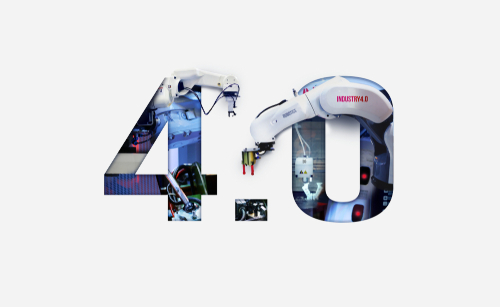Having said that, the demand for surgical masks and respirators has skyrocketed in both the medical community and among individuals. In Hong Kong, for example, you’d be hard-pressed to find a single person who doesn’t wear a face mask when they step out of their home.
As importers of masks and respirators look to ramp up production, it is vital that they maintain quality benchmarks and comply with mandatory certification standards, such as the ASTM F2100 standard for surgical masks. In addition to product testing, companies must have strong inspection protocols in place to minimize the risk of costly product recalls and longer lead times, thereby protecting their bottom line and their brand reputation.
Surgical masks and respirators are not the same
Before we discuss the inspection angle, it is important to distinguish between the masks and respirators.
Masks are made to act as barriers to splashes or aerosols (such as the moisture from a sneeze), and they fit loosely to the face. Respirators, on the other hand, are made to filter out airborne particles such as viruses and bacteria and to create a tight seal around the mouth and nose.
A 3-ply surgical mask consists of three main layers:
• An outer hydrophobic non-woven fabric layer, which repels water, blood and body fluids
• A middle meltblown filter layer that is designed to filter bacteria
• An inner hydrophilic non-woven layer, which absorbs water, sweat and spit
A respirator consists of 4 main layers.
• Two outer layers on either side of the respirator is a protective nonwoven fabric between 20 and 50 g/m2 density to create a barrier both against the outside environment and, on the inside, against the wearer’s own exhalations.
• A pre-filtration non-woven layer, which can be as dense as 250 g/m2.
• A high-efficiency meltblown nonwoven filter is the last layer
Respirators provide less ventilation than masks. The average individual, who is not trained in how to utilize them, should never wear a respirator and opt for a surgical mask instead.
Quality benchmarks for masks and respirators
There are so many things that can go wrong with masks and respirators during the production cycle. Needless to say, the stakes are high during a pandemic like Covid-19 and a failure to meet quality benchmarks can put populations at risk.
Here are five of the most important things that third-party inspectors (TPIs) look for in masks and respirators:
1. Bacteria Filtration Efficiency – the device must be able to catch the percentage of bacteria it is supposed to
2. Particle Filtration Efficiency – the device must be able to filter the size of particle it’s supposed to
3. Breathing Resistance – the device must hold its shape, while also providing adequate ventilation to the user
4. Splash resistance – ensuring that the device cannot be penetrated and contaminate the wearer
5. Flammability – the device must be flame resistant
There are other product attributes that are important, such as the size of respirators and the durability of ear loops on masks. However, the five benchmarks above are the most critical for consumer safety.
Raw Material Incoming Check
Before you begin production on your masks and/or respirators, you need to ensure that you have the right raw materials. TPIs are often employed for this purpose. A strong raw material incoming check allows you to streamline production, reducing the risks of costly wastage and delayed shipments.
For instance, if the elastic used to make the ear loops around your masks stretches out too easily then they won’t provide the user with the best fit. Even if this doesn’t put the user at risk of infection, it will affect your brand reputation and reduce the likelihood of repeat business.
When it comes to respirators that are used in high-risk medical settings, they have to fit tighter than masks.If the metallic strip attached to the top of the respirator isn’t malleable enough to fit around the user’s nose or strong enough to stay in position, this would be classified as a critical defect, rendering your product unusable and hazardous.
IPI and DUPRO
Even after you have sourced the correct raw materials, you may run into issues further down the production cycle. This is where a TPI can step in with Initial Production Checks (IPIs) and During Production Check (DURPROs). IPIs are conducted when 10-20% of your inventory has been produced, whereas DUPROs are typically conducted when 40-50% of your goods are produced.
Imagine if you discovered that your masks don’t provide adequate splash resistance to the user. An IPI can help you identify the source of this problem and implement corrective measures before you are deep into the production cycle, where reworks are harder and wastage is more costly. If, for example, your meltblown filter is not dense enough, you can rework your design and production methods to ensure that it provides the protection that it’s supposed to.
Let’s say that you fix the issue with splash resistance, but then you discover that a certain percentage of your masks don’t provide adequate ventilation. A DUPRO can help you diagnose and isolate this issue. If you find that this is because the hydrophobic outer layer is too thick, you can adjust thickness so your final batch of masks will be breathable, while providing adequate protection for the wearer.
*****
Ensuring that your masks and respirators meet quality specifications and certification standards is critical. With its inspection services—combined with market-leading testing and certification—InSpec by BV is perfectly positioned to help get you get complaint, high-quality goods to market and meet growing demand.








